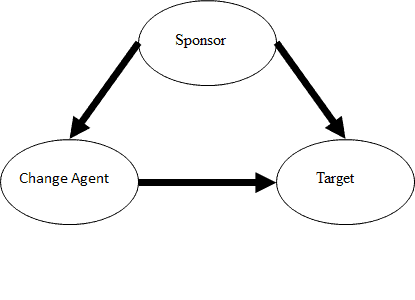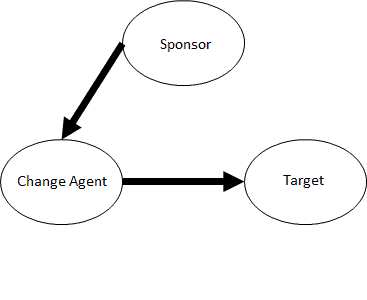
Committed Sponsor
As with other programs, an RCA program needs to be driven from the top and supported through all levels of the organization. This includes upper management, supervision or mid-management, and those on the front line doing the work. All levels need the tools and training to make a change. People resist change, thus the many books written about change management and things you can do to help people through the change process. Regardless of whether you attempt change by brute force or spend a lot of time up front preparing for it to minimize the resistance, someone must be in charge and committed to make the change happen. An interesting statement I read in one change management book was that change can happen quickly if there is a crisis. If you want change quickly, but don’t have a crisis, then the book suggested creating a crisis. I suspect that most changes are done without a crisis and that requires a leader or sponsor to make it work.
Involved Or Committed?
This RCA program characteristic is to have a fully committed sponsor to drive the change. I recently wrote a post entitled Involved or Committed. You might want to review this to insure the sponsor is committed and not just involved. Let’s insure that we are all on the same page with the definition and role of the sponsor. Many programs fail because they don’t understand this simple model and how it can affect a project. I am referring to the Sponsor – Target – Change Agent model.

In this model, shown graphically in Figure 1, a sponsor wants a sustainable Root Cause Analysis program implemented in an area of a plant. In this scenario, the sponsor should get everyone together that will be affected by the change and explain what it is they want. This now becomes the target or desired condition. Next, the sponsor should introduce the change agent as the person they have put in charge of getting to the target condition. The purpose of this is to insure the change agent will have the authority to make the change happen without a lot of pushback from the personnel involved in the new target situation.

The Sponsor – Target – Change Agent is a good model and one that works. However, as with all things, problems occur if it is not understood. A shown in Figure 2, the first problem that can occur is that the target is specified, the change agent is chosen, but there is no hand-off of authority to the change agent to allow them to effect the change. Note in figure 2 the lack of a connection between the Sponsor and the Target. This brings us to the reason why we need a committed sponsor. If all is done correctly, but the sponsor incorrectly assumed that there is no need for him/her to attend meetings, provide follow up, check to ensure that their desires are being met and overall that the change is being implemented, he/she would be involved but not committed. The target organization “sees” the lack of commitment and turns this into a way to resist the change. They throw up barriers, or they just wait long enough and anticipate that this initiative will go by the wayside just like dozens of others. I’m sure those of you in large corporations have seen the initiatives come and go and may have even play the waiting game. So, for a sustainable program you must have a committed sponsor who is willing to go the distance, support the program, ask about Root Cause Analysis reports and get involved in any way that insures the program stays moving forward.
No Excuses
To be fair, there are a lot of reasons why sponsors may appear to not be involved – time constraints probably being the biggest one. They have a full plate, many things to do, have the best of intentions, are interested in the results, but still don’t carve out the time to show support. However, this does not remove them from the overall responsibility of insuring that their wishes are carried out. It is also possible that they are messengers of their boss and not truly committed to the change. If this is the case, then they may be involved and not committed. Regardless of the reason, without a committed sponsor the program will struggle or even fail.
Call to Action
Have you seen this model in your plant? Has it worked? What problems have you seen. Please drop me a comment.
Other Articles in the Series
Essential Characteristics of an RCA Program
 Ask a question or send along a comment.
Please login to view and use the contact form.
Ask a question or send along a comment.
Please login to view and use the contact form.
Leave a Reply